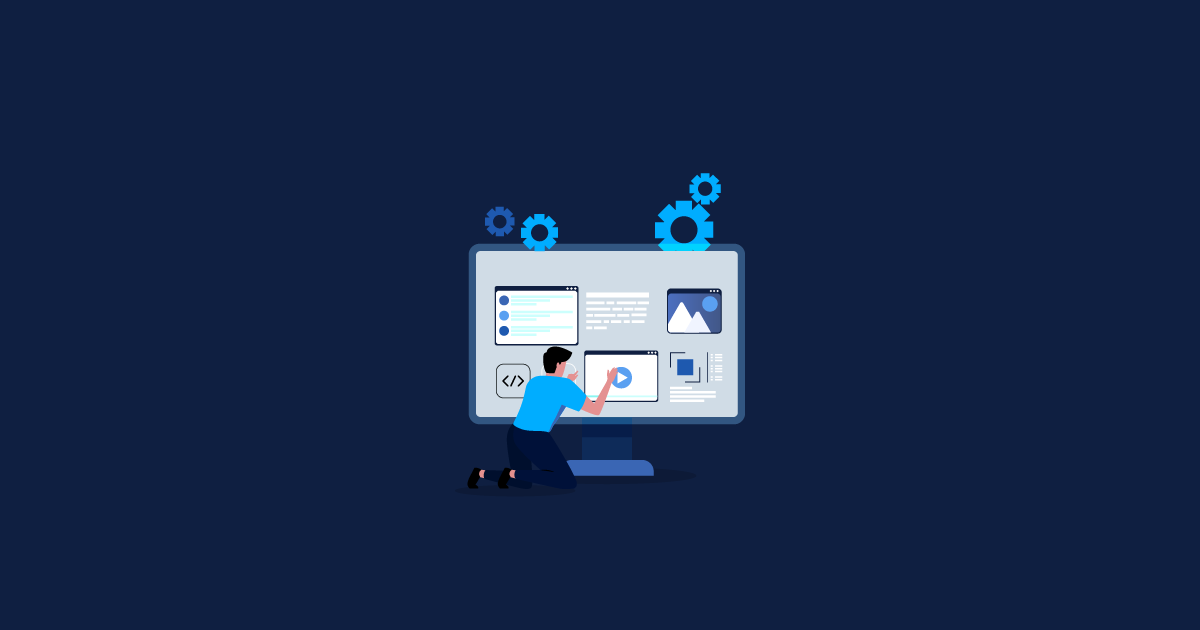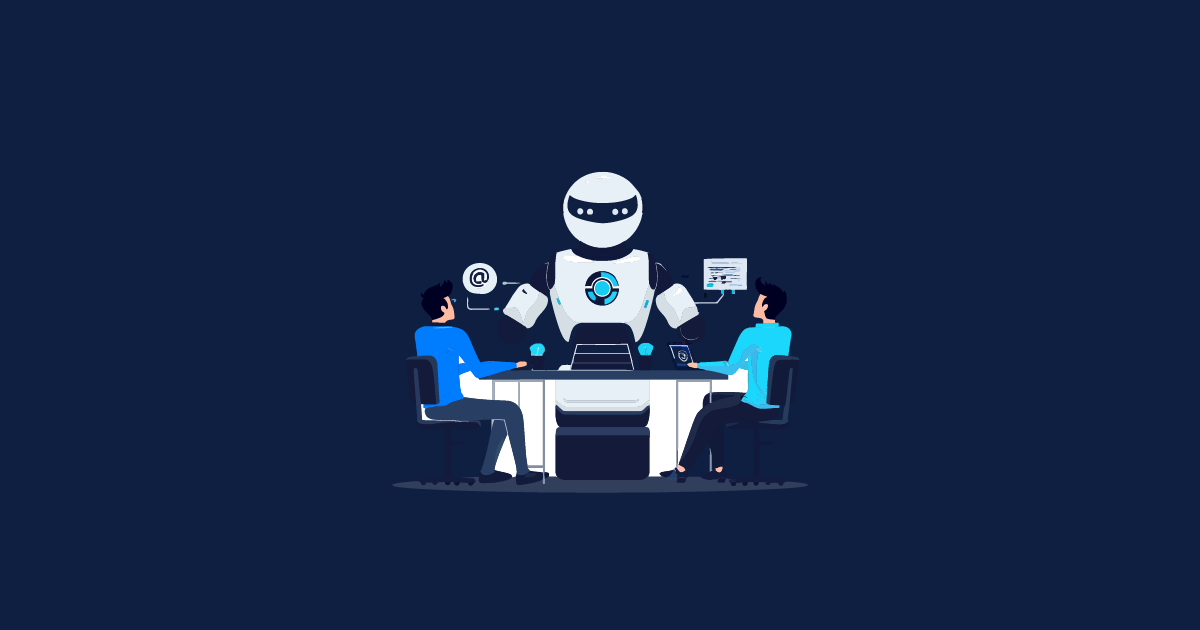Using the right testing approach can greatly enhance testing quality and efficiency as businesses move more towards agile techniques and DevOps integration. Businesses are undergoing digital transformation, which requires a strong and foolproof test plan to ensure maximum effectiveness and reduce software failures. Companies no longer have the time luxury they did with the conventional SDLC testing strategies leaving continuous testing as the only option.
Continuous Testing for Digital Transformation
A study by Forrester and DORA DevOps Research and Assessment implied that Continuous testing is becoming crucial for the success of DevOps and other phases of digital transformation.
Ensure that continuous delivery aligns with testing strategies and that every step of the development process thoroughly ingrains product quality through continuous testing. This testing also drastically shortens the time developers get feedback on what they’ve delivered, combining traditional manual tests performed at various phases.
Achieving higher quality eventually removes legacy procedures from your software development and testing cycles and uses new technologies and tools for more agile workflows.
Benefits of Continuous Testing for Your Business
Require continuous testing if your firm is using or considering a continuous delivery approach while maintaining the highest quality standards. Adopting this approach will enable your teams to thoroughly maintain quality assurance, with each test occurring as early in the application’s lifecycle.
Improved Quality Assurance
Continuous testing ensures the application maintains quality assurance throughout the application’s lifecycle. With each test occurring early, the risk of bugs is greatly reduced. Automation technologies make it possible to carry out testing early, frequently, thoroughly, and broadly.
Increased Productivity and Efficiency
Integrating continuous testing into the development process leads to increased productivity and efficiency for the team. Advanced bug detection tools speed up the process of identifying and addressing glitches, errors, and vulnerabilities. This results in a faster development speed and streamlined procedures, leading to higher-quality products.
Reduced Business Risks
This testing minimizes the risks associated with the failure of an application after deployment. This is especially important for businesses with a large number of customers. The use of user-friendly and flexible tools decreases business risks and allows for quick adaptation to shifting business needs.
Increased Responsiveness and Flexibility
This approach provides IT businesses with the adaptability and production readiness needed to react quickly to market developments. The more responsive this model is, the easier it is to accelerate growth and compete in the digital age.
Enhanced Competition
Keeping pace with the competition is made easier in testing. The frequent release of new products and updates, combined with the use of advanced tools, leads to a faster development speed and streamlined procedures.
Accelerated Digital Transformation
Integrating continuous testing into the development process helps businesses get one step closer to realizing their digital transformation objectives. The use of advanced tools leads to a significant decrease in business risks and the ability to adapt quickly to shifting business need.
Conclusion
Agile, DevOps, and digital transformation will continue to grow and spread. Businesses must begin their digital transformation journey as soon as possible to stay market relevant and competitive. Without a continuous testing strategy, digital transformation initiatives will fail regardless of the tools and processes utilized.
Together, digital transformation, Agile, and DevOps are creating a future in which innovation drives all business operations. But for this picture to be fully comprehensive, ongoing testing is required. Organizations will proactively address bugs and promote product stability if Continuous Testing is integrated with the current system.
QAonCloud specialists have years of continuous integration experience and can help you successfully adapt to digital transformation with tools, such as Jenkins, Bamboo, Microsoft TFS, and more to meet your testing requirements.




